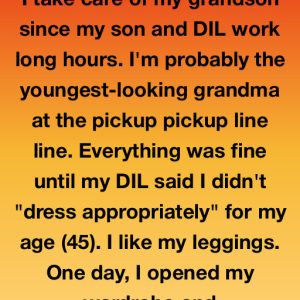Understanding Veins: When to Relax and When to Watch
Not all prominent veins are cause for concern. For athletes, people with low body fat, or those aging naturally, visible veins on hands, arms, or legs often reflect strong circulation and thin skin. If they’ve been there long without pain, they’re usually harmless.
However, new or bulging veins, especially if twisted or accompanied by swelling, aching, or skin changes, may signal chronic venous insufficiency—when vein valves weaken and cause blood pooling. Varicose veins are common and can cause leg heaviness or soreness after standing long hours. While often cosmetic, painful or severe cases should be evaluated.
A critical warning sign is deep vein thrombosis (DVT), a blood clot in the leg that causes sudden swelling, pain, warmth, and redness, usually on one side. DVT requires immediate medical attention to prevent life-threatening complications like pulmonary embolism.
Factors like hormones, pregnancy, and prolonged standing increase vein visibility by raising leg vein pressure. Movement helps: regular walking, leg elevation, and compression stockings can ease symptoms.
Rarely, rapid vein changes alongside fatigue, chest pain, shortness of breath, or unexplained weight shifts might indicate serious conditions like heart or liver disease and warrant prompt checkups.
Quick guide:
-
Long-term, painless veins = usually harmless.
-
New bulging veins, swelling, heaviness = routine doctor visit.
-
Sudden one-sided leg pain/swelling or chest symptoms = urgent care.
Maintain healthy habits—move often, avoid prolonged standing/sitting, and consult a healthcare professional if vein changes feel unusual.




